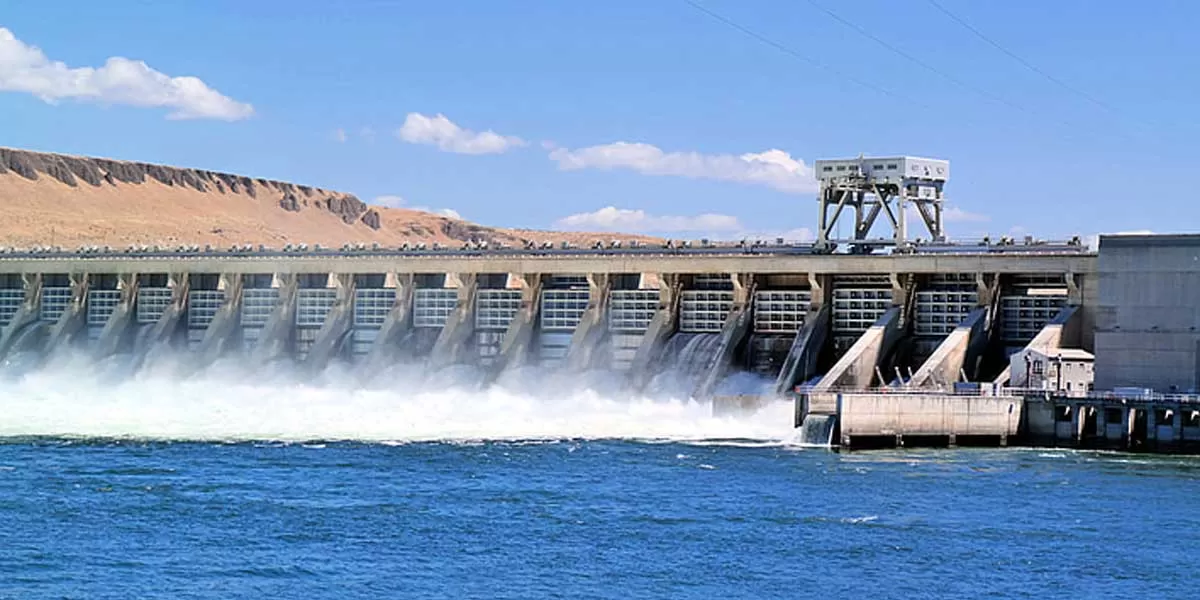THDC India Ltd is embarking on an ambitious project to harness 6,790 MW of pumped hydro power storage, marking a significant leap in India's renewable energy capabilities. With an investment of ?33,600 crore, this project underscores the company's commitment to sustainable energy and infrastructure development, positioning India as a leader in renewable energy storage solutions.
Project Overview: THDC India Ltd, a leading power generator, is set to develop pumped hydro power storage projects with a total capacity of 6,790 MW. These projects are designed to store energy by using excess power during low demand periods to pump water to higher elevations, which can then be released to generate electricity during peak demand times. This method is highly efficient for balancing grid loads and integrating renewable energy sources.
Investment and Scale: The project involves a massive investment of ?33,600 crore, reflecting THDC's commitment to expanding its renewable energy portfolio. The substantial financial outlay highlights the scale and importance of these developments in India's energy landscape. The pumped hydro power storage facilities will be spread across multiple sites in Uttarakhand and Himachal Pradesh, regions known for their hydroelectric potential.
Sustainable Energy Goals: The development of these pumped hydro power storage projects is in line with India's broader goals of enhancing energy security and reducing carbon emissions. By providing a reliable and scalable energy storage solution, these projects will play a crucial role in stabilizing the grid as more renewable energy sources like wind and solar are integrated into the power supply. This aligns with the country's commitment to increasing the share of renewable energy in its energy mix.
Infrastructure Development: The construction of these facilities will involve significant infrastructure development, including the building of dams, reservoirs, and powerhouses. The projects will also require extensive coordination with local communities and authorities to ensure sustainable and environmentally friendly practices are followed. The investment in infrastructure is expected to generate employment and boost the local economy in the regions where these projects are implemented.
Challenges and Opportunities: While the development of pumped hydro power storage offers immense benefits, it also presents challenges such as environmental impact, land acquisition, and the need for advanced technology. THDC India Ltd is poised to address these challenges by leveraging its expertise in hydroelectric power and collaborating with technological partners. The successful implementation of these projects will open up new opportunities for further expansion of pumped hydro storage capacity in India.
Economic and Environmental Impact: The ?33,600 crore investment is expected to have a significant positive impact on the local and national economy. In addition to creating jobs during the construction and operational phases, the project will contribute to the overall stability of India's power grid, reducing dependence on fossil fuels and lowering greenhouse gas emissions. The environmental benefits of reducing reliance on coal and other non-renewable energy sources are substantial, making this project a critical component of India's green energy strategy.
Future Prospects: As THDC India Ltd moves forward with the development of these pumped hydro power storage projects, it is setting a precedent for large-scale renewable energy storage in India. The successful completion of these projects will not only enhance the country's energy infrastructure but also serve as a model for similar initiatives in other regions. THDC's leadership in this sector could pave the way for further investments in renewable energy storage, solidifying India's position as a global leader in sustainable energy.
Conclusion: THDC India Ltd's initiative to develop 6,790 MW of pumped hydro power storage represents a significant milestone in India's renewable energy journey. With a substantial investment of ?33,600 crore, this project will enhance the country's energy security, support sustainable development, and contribute to the global fight against climate change. By harnessing the potential of hydro power storage, THDC is playing a pivotal role in shaping the future of India's energy landscape.




















